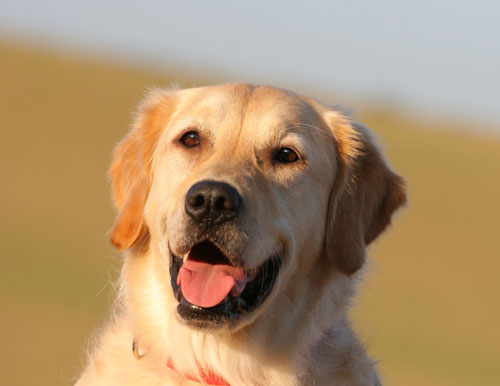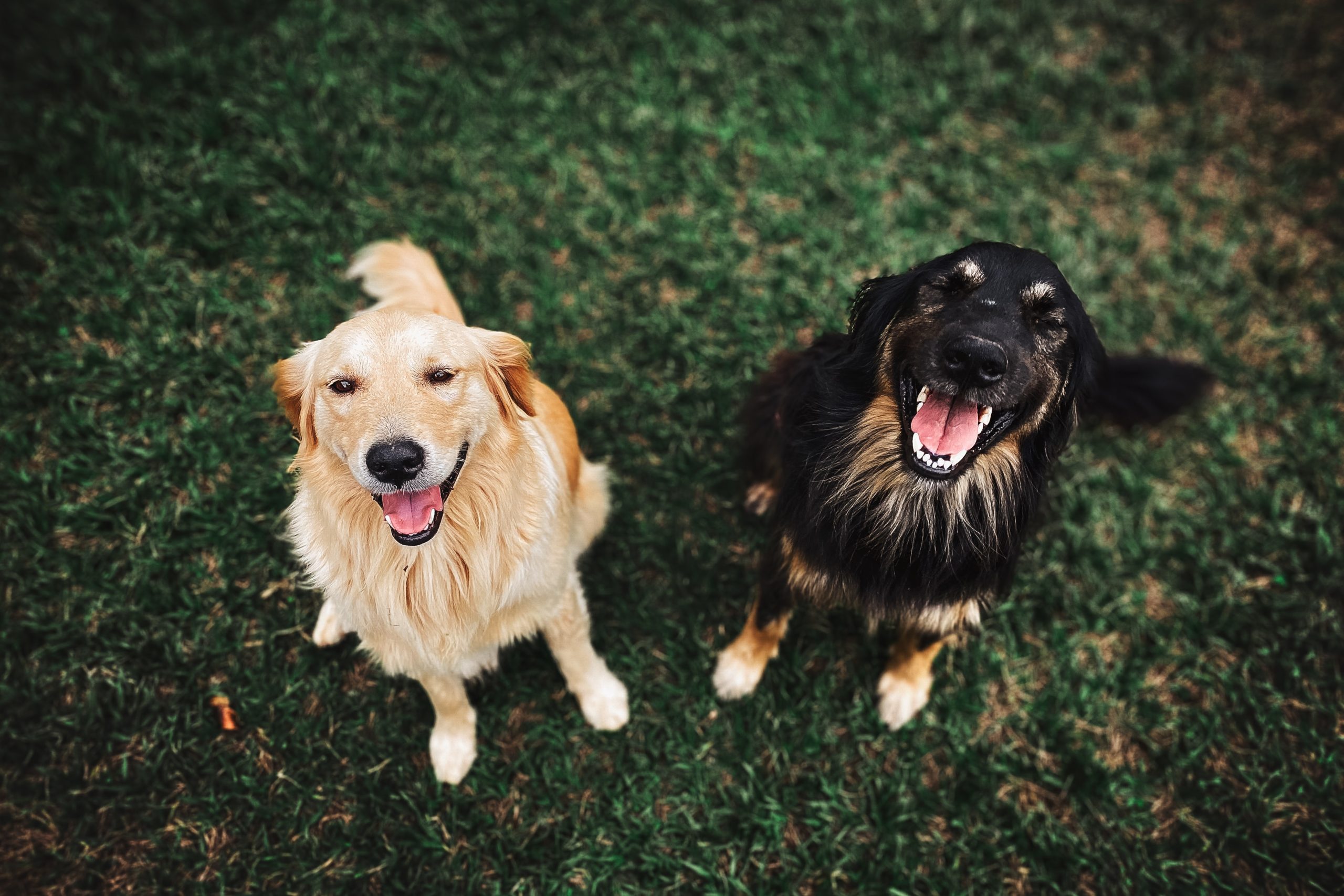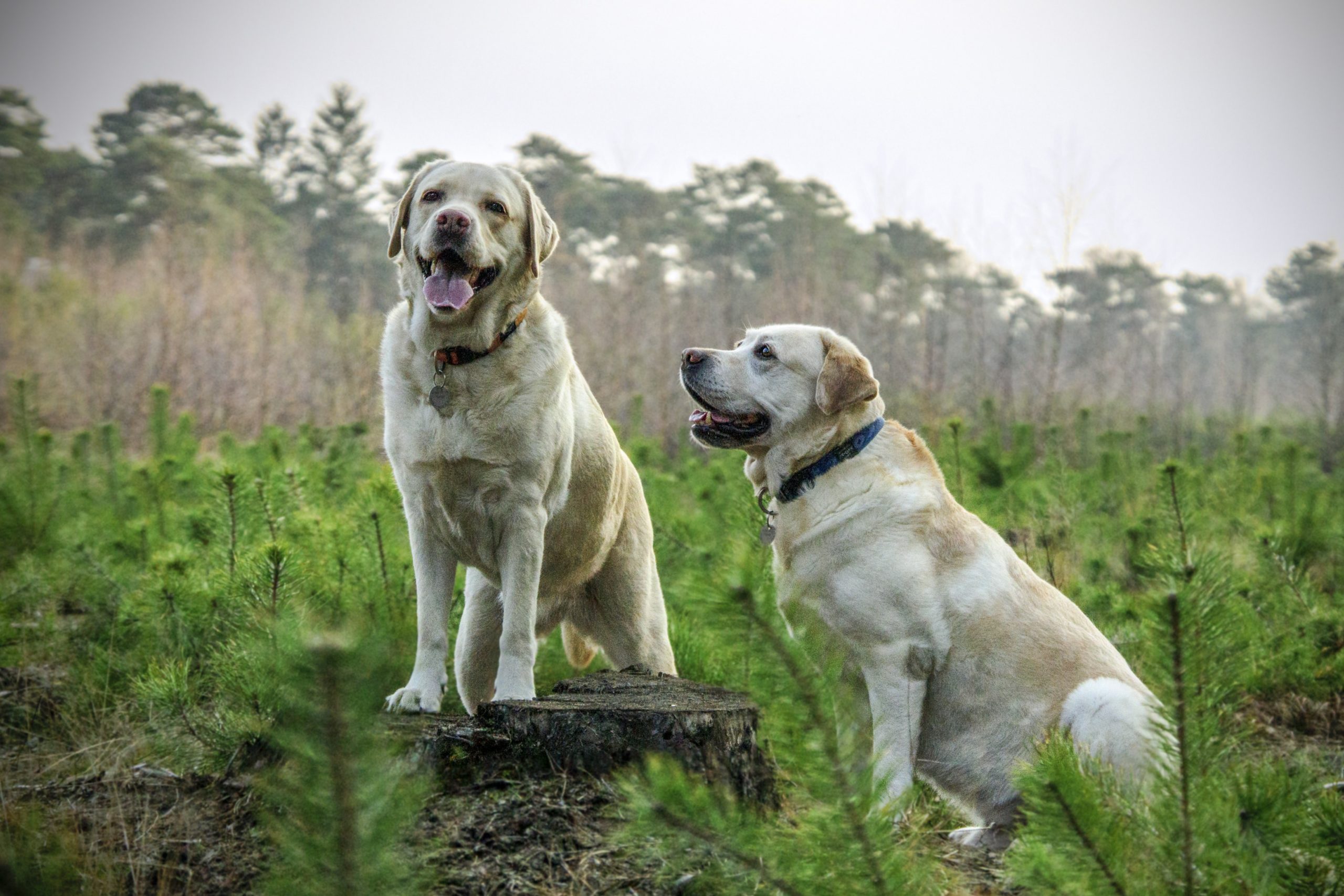Your dog has specific nutritional requirements and depends on you to provide a complete and balanced diet for a long and healthy life.
What are the key nutrients in a diet?
The key nutrients in a diet are fats, proteins, carbohydrates, vitamins and minerals and these must be present in the correct amounts and proportions for a diet to be nutritionally complete and balanced.
- Vitamins are required for bone growth, good vision and for the body’s metabolism
- Minerals are essential for strong bones and teeth
- Fats are required for energy and contain essential fatty acids that provide healthy skin and a shiny coat
- Carbohydrates also provide energy and the fibre content aids digestion
- Protein is essential to develop healthy muscles, organs, nails, hair, cartilage and ligaments
- Water is also an essential ingredient and vital to your dog’s life – clean, fresh water must be available at all times
What do dogs eat?
Dogs are omnivores (able to eat food from both animal and vegetable origins) and require a mixture of proteins and carbohydrates. In the wild dogs would achieve a balanced diet by eating all parts of their prey, including the bones, tendons, organs, intestines and their contents (often composed of vegetable material) as well as the muscle.
Dogs cannot survive on a diet of meat alone, being low in most vitamins and calcium which is needed for healthy bones and teeth. Meat also has an imbalance of calcium to phosphorous, which can affect bone growth, plus an excess of protein and fat.
Which food should I choose?
Your vet can advise you on the best diet for your dog as nutritional requirements change with the life stage of your dog including their age, level of activity, pregnancy or certain medical conditions.
Home-prepared diets require special care to be well balanced and are best designed in conjunction with your vet’s advice.
Premium pet foods made from high-quality ingredients are designed to consistently provide a complete and balanced diet for all life stages of your dog. They are available in dry, canned (wet) or sometimes semi-moist forms. Dry foods are generally the most convenient and economical to use and help keep teeth clean. Complete foods mean that no supplements are required.
What about treats?
You can give your dog a raw, meaty bone as a treat, which also helps to keep his teeth clean. Raw chicken wings and necks are good for cats and small dogs but are not large enough to clean the teeth of bigger breeds. Uncut sheep femurs are better for large dogs, although brisket and other bones are also used. Bones can be offered two or three times a week for dental health.
However, many vets will recommend not feeding any bones at all because they can cause tooth fractures, intestinal perforations, and food poisoning, as well as get caught across the roof of the mouth (especially chop bones). Overfeeding bones can also cause constipation.
Treats or rewards are an important part of bonding and are a useful training tool. Time your dog’s treat as a reward for obeying a command, performing a trick or just being good for maximum benefit. Avoid table scraps and make sure treats are no more than 10% of the total diet – remember to adjust feeding levels accordingly to avoid weight gain.
How much should I feed my dog?
Animals will usually eat enough to satisfy their energy needs. Use the recommendations on the product label as guidelines to ensure you are not under or over-feeding your dog and give as one or two meals a day for the average adult dog.
Puppies less than 3 months old require three or four daily feedings and senior dogs need their daily requirements divided into several smaller meals. Pregnant and lactating dogs may require multiple feedings throughout the day.
Some dogs are prone to obesity and you may need to reduce their intake or change the type of food you are using to a light formula. Special weight reduction diets are available from your vet. A good test is to feel your dog’s ribs: a healthy dog should have a small amount of fat and muscle covering the ribs regardless of breed.
Contributors: Dr Julia Adams BVSc




